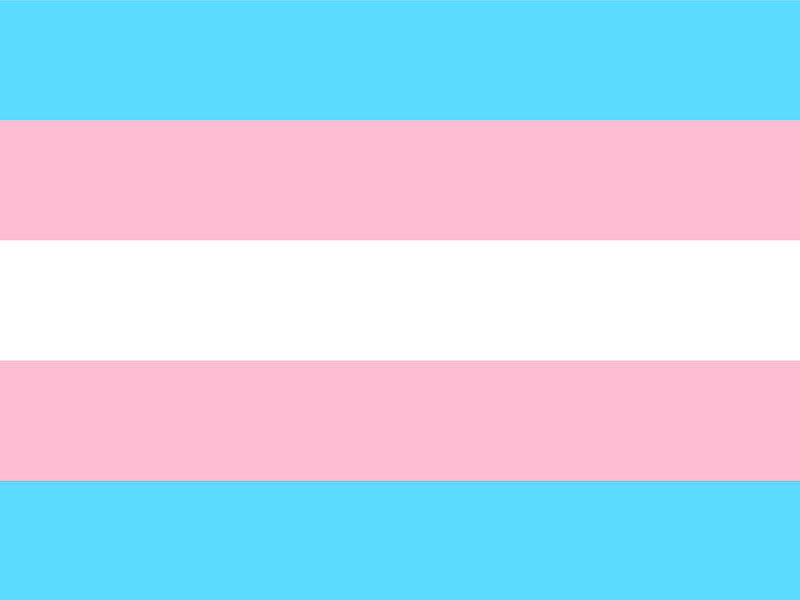
When employees at Accenture begin a gender transition, they have access to a comprehensive suite of benefits.
In 2011, the global consulting firm became one of the first companies in Canada to cover costs related to transitioning. Zoya Zayler, inclusion and diversity lead for Canada, says the organization worked with its benefits provider to design a fulsome and customizable program for transitioning employees.
“[Our provider] didn’t have anything available at the time, but we felt it was extremely crucial for our workplace and our employees, and we worked with them to create a specific offering,” she says.
Read: How Scotiabank supported an employee’s gender transition
Trans employees meet with a case manager who can assess what out-of-pocket costs they’ll need to cover. This structure also provides privacy for employees who may not want to discuss their transition with their manager right away.
The program is designed to fully reimburse any services not covered by provincial health coverage, from surgery costs to hormone therapy to mental-health services. “There’s no set [coverage] percentage and no set maximum, and really it’s carte blanche,” says Zayler. “We’ve advised our insurance company to cover everything that needs to be covered.”
All Canadian provinces provide coverage for some gender confirmation surgeries. Top surgeries, such as mastectomies with or without chest masculinization, are often available in a person’s home province. But most provinces refer transitioning individuals to a clinic in Montreal for bottom surgeries — those done on a person’s genitals as part of their gender reassignment — such as phalloplasties, vaginoplasties and penectomies.
However, this year, Women’s College Hospital in Toronto became the first public hospital in the country to offer vaginoplasty and bottom surgeries will be available at Vancouver Coastal Health this year.
Read: How to support transgender employees
So-called cosmetic surgeries, such as facial feminization and voice pitch surgery, aren’t covered provincially. Breast augmentation is covered in some provinces, including British Columbia, Alberta, Nova Scotia and Newfoundland and Labrador. It’s also covered in Ontario, but with certain conditions, whereas it’s considered cosmetic in others.
Accenture employees who are transitioning require documentation from a medical professional that says the services requested are necessary for their well-being.
The organization’s health benefits also include access to mental-health counselling throughout the process. “People obviously go through a pretty big transition, and not just physically,” says Zayler. “We find that a crucial component of their success is to make sure they have the right mental-health approach.”
Eight years ago, when the program was launched, Accenture embarked on a communications campaign to make sure its employees knew it was available. Currently, information is provided through the company intranet, employee resource group pages, the benefits booklet and even during interviews with potential new hires.
Read: Employers urged to prepare for new transgender rights bill
“Diversity is fundamental to our culture and core values,” says Zayler. “And the reason we are so focused on ensuring we have an inclusive environment is that it’s really part of our belief that it makes us a better organization.”
Michel Arsenault, clinical director for Ontario and Atlantic Canada and digital clinical services at Morneau Shepell Ltd., says he’s seeing more employers interested in offering transgender health benefits. Because cosmetic surgeries aren’t considered medically necessary and aren’t covered provincially, he notes, employers should consider making coverage part of their benefits plan.
“It’s one thing to have bottom surgery or top surgery, but it’s another thing to look and be in your true gender,” he says. “Having that happen is very costly depending on the amount of surgery one might need. Looking at the whole cosmetic surgery part of it . . . needs to be looked at in terms of coverage, because most employers don’t cover that part.”
Read: How to use benefits to support diversity and inclusion
While transitioning employees can use their employee assistance programs for counselling, Arsenault says EAPs tend to be more short term, so it would be helpful to have psychological services available. Hormone therapies like testosterone blockers are typically covered under an employer’s drug program. And employees may also need to leverage paid time off or short-term disability programs during and after major surgeries.
Suzi Beckett, chief operating officer and health and benefits consultant at Northern Star Benefit Consultants Ltd., says the main priority for employers will be communicating with employees and making sure they know it’s part of their human resources policy. “And . . . that if they are looking at various stages of gender confirmation therapy, they’re aware of what’s covered for that and who they can contact in that situation.”
Read: U of T focusing on employee work-life balance with family-friendly benefits
Employers should work with transitioning employees to determine what other support they need in the workplace, says Arsenault, noting this could include basic education for the employee’s peers.
He also suggests that employers consider implementing gender-neutral restrooms to make transgender and non-binary employees feel more comfortable. “Things along those lines are sometimes overlooked. But somebody who’s gender neutral or non-binary . . . where do they go?”
